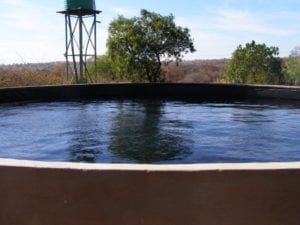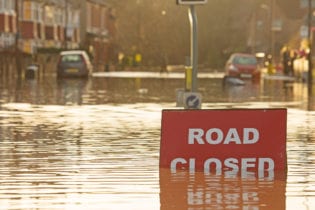
A reservoir filled with water. File photo.
This announcement regarding the Olifants-Doorn Catchment and the Olifants and Letaba Catchment follows a previous one by the minister last year in relation to the restructuring of South Africa’s Water Management Areas (WMAs) from 19 WMAs to a consolidated 8 WMAs.
How are reserves determined?
What many South Africans want to know is how these Reserves are determined in South Africa in terms of the National Water Act, 36 of 1998 (NWA)? According to an e-alert by legal South African law firm, Webber Wentzel, the Reserve consists of the basic human needs reserve and the ecological reserve. “The basic human needs reserve provides for the essential needs of individuals and includes water for drinking, food preparation and personal hygiene, while the ecological reserve relates to the water required to protect the aquatic ecosystems of the water resource,” the firm noted. “The Minister is required to determine the
for all or part of any significant water resource. If a resource has not yet been classified, a preliminary determination of the Reserve may be made and later superseded by the final Reserve,” the firm explained.
Before determining the Reserve, the Minister must publish a notice in the
Gazette setting out the proposed Reserve and invite written comments before publishing as final. Once the Reserve is determined for a water resource it is binding.
What does this mean for water licenses?
In South Africa, there are currently no
Gazetted and standardised determinations for the Reserves of each WMA according to Webber Wentzel. What this means is that when someone applies for a water use license the department is required to make a preliminary determination of the applicable Reserve in order to determine if there is enough water to grant the applicant a water use licence in that WMA. “This process is time consuming and is one of the factors that has resulted in the backlog of issuing water use licences,” the firm explained. “We can only hope that the proposed Reserve determinations for the remaining WMAs will be published in due course and that these will be finalised and
Gazetted in the near future, helping ensure the more efficient consideration and issuance of water use licences in South Africa,” it concluded.







